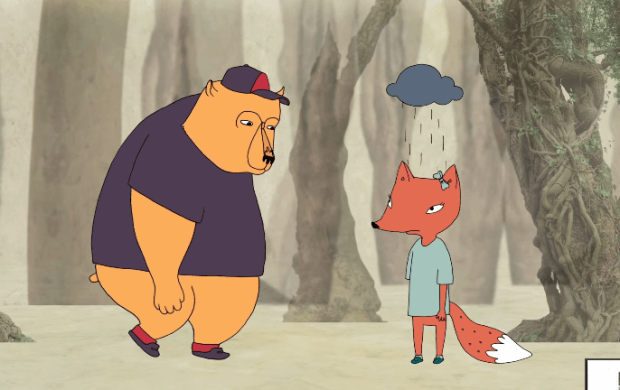When you’re trying to raise awareness about your organization’s cause, it is natural to appeal to the sympathies of your donor base. We see this type of content everywhere- from photos that pull on the heartstrings to copy asking donors to put themselves in another person’s situation. In past posts, we’ve discussed how it works better to appeal to donors about a specific person, story, or event, rather than a generalization about the state of the world or your community. However, what works even better than ‘sympathy marketing’ is empathy marketing.
Here’s a Psych 101 reminder of the difference between empathy and sympathy:
- Sympathy is acknowledging another person’s emotional hardships and providing comfort and assurance.
- Empathy is understanding what others are feeling because you have experienced it yourself or can put yourself in their shoes.
There’s a really great animated video online, created by the RSA and Dr. Brené Brown, that reminds us that “we can only create a genuine empathic connection if we are brave enough to really get in touch with our own fragilities“. (Take a 2 minute 53 second break from whatever you’re doing and watch the video, or bookmark this post for later.)
The video’s Cliff’s Notes: Sympathy = Acknowledging; Empathy = Truly Understanding. Of course. But… how does one go about creating empathetic marketing content for a nonprofit or campaign? What kind of marketing material could truly put your donors in the shoes of the populations your organization is serving?
I came across a website today that did just that. It made an impact on me; an empathetic impact that really inspired action.
In order to raise awareness about homelessness, Urban Ministries of Durham in North Carolina created “Spent“, an online game that puts you in the decision-making seat of a single parent on the brink of homelessness. As you go through 30 days with only $1,000, you’re forced to make tough life decisions about paying bills, medical emergencies, taking time off from your job, and more. Through the process, you truly start to feel the emotional impact of living on the poverty line, and how hard it can be to rise above the cycle. By the end of the game (either when you decide it’s too hard and quit or make it through the month with pennies to spare) you may be ready to open your wallet and contribute to the cause right then and there. Urban Ministries makes a relevant ask that appeals to the emotional experience you’ve gone through, rather than simply your acknowledgment of an endemic issue.
Play“Spent” here to get a feel for yourself.
Urban Ministries made “Spent” in conjunction with McKinney Advertising, an agency based in Durham and New York, as part of their 10% program. Of course, not all nonprofits are lucky enough to partner with the social-good arm of a great advertising firm. Without those resources, creating an online game could seem to be prohibitively costly. However, the impact of this engagement is massive. To date, over 4 million people have played the game, spending an average of over 11 minutes on the organization’s website.
The key takeaway: Empathy is a better way to raise awareness about your cause, and fostering it requires supporter engagement. Think of all the ways your nonprofit could help your donor base understand- whether an interactive computer app, a free event that introduces donors to your space and your programs, or even just indicating on your donation page specifically what a donation will help pay for.
If you’re interested, Flipcause can help with these online engagement strategies. Please contact us to set up a demo of our software, and to learn more about the dedicated fundraising coordinators that come with every account. It’s time to help your donor base engage more with your cause.
Cover photo: Screenshot from thersa.org.

0 Comments